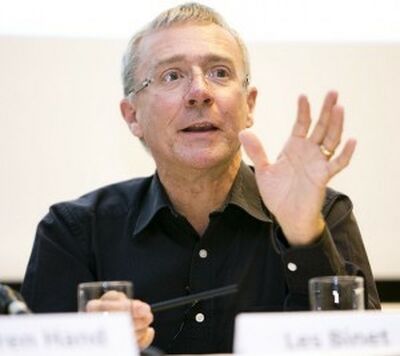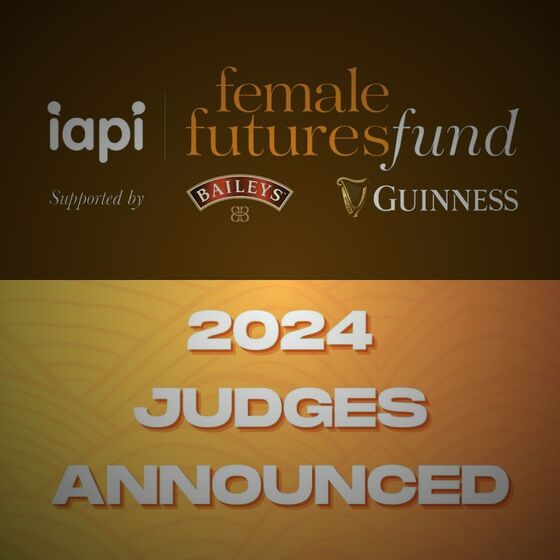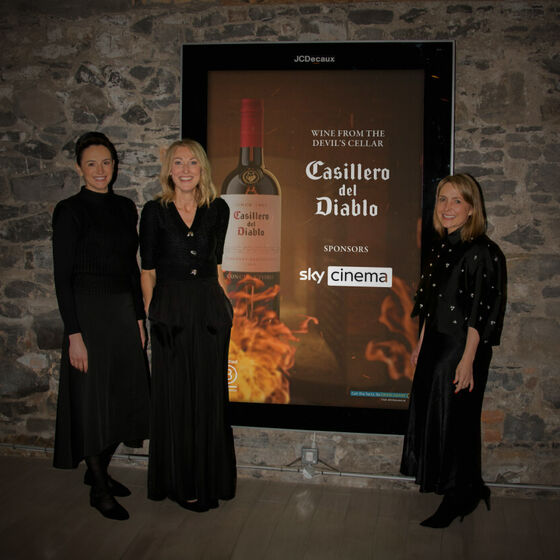The topic of ‘Big Data’ has been sparking industry-wide debate over the past few years as to the limits of its potential; advertisers and researchers alike have confessed both their excitement and bewilderment over its capabilities. To some, Big Data has the power to help generate meaningful consumer insights, test bolder concepts, and quantify creative work.
Additionally, it can provide agencies with a bigger safety net, making it easier for creatives to take bigger and bolder leaps within agencies. Others contend that too much excitement is placed on its potential, perceiving the term itself primarily as a buzzword. The topic is widely discussed, yet ambiguity even lies within a shared understanding of the term’s core meaning. I spoke to Les Binet, co-author of the IPA published: The Long and the Short of It, to add some clarity on Big Data’s place within advertising as well as a few other things.
Having studied Physics at Oxford University, Les took an M. Phil. in Artificial Intelligence at Edinburgh University. Les has worked for companies such as AXA, Barclays, Diageo, Heinz, John Lewis, Nestlé, Phillips, Unilever, Virgin, and Volkswagen. In 2004 he was elected an Honorary Fellow of the IPA, in recognition of his services to the advertising industry, and in 2005 he was Convenor of Judges for the IPA Awards.
Has your educational background in physics and artificial intelligence influenced the way you currently work?
Yes, in two ways. I consider myself a scientist. I’m very interested in scientific methods, and the critical thinking it encourages, which I think is unusual in advertising. Secondly, I am very comfortable with data. Physicists are some of the few people that really do work with Big Data.
Can you tell me about to your research on computer models to understand the way people process language?
It was an overlap between artificial intelligence and linguistics. The topic was on pronominal anaphora: looking at how people interpret pronouns.
Often when people talk to each other the various ways in which they use pronouns are ambiguous. So I wrote a computer program that would take short stories with pronouns and interpret what the pronouns meant.
Could you describe a typical work week?
To an outsider it would look like a lot of time sitting in front of Excel spreadsheets. Every so often I give large presentations about what works and what doesn’t. I spend a lot of my time using specialised econometric software. I might be building an econometric model or doing a less formal mathematical analysis to find out if it worked. Or, I might be submitting a paper for an award that might be about a case study on the campaign that worked, or I might be writing an article for a magazine or preparing a conference speech. I work most closely with the account planners. I have noticed that increasingly they are getting referred to as strategists. The term account planner seems to be gradually becoming less fashionable.
Would there be any interaction between you and creative?
Very little, very little indeed.
Do you have any routines within the agency that might help stimulate creativity?
The whole point of an account planner in particular is to stimulate creativity but also to discipline it. Not all account planners in my view would necessarily see it that way and I would say that they are wrong at best. I think planners have increasingly come to see their job as to stimulate creativity, so they almost tend to see themselves as creatives in their own right. Which is, I have to say lazy, undisciplined and wrong.
From when you first started working in advertising how has the way you approached your process to discover insights changed?
I spend more time looking at academic articles and general reviews of data, rather than just a specific data for a specific client for a specific advertising campaign.
Can you describe your role within the creative process in the last campaign you worked on?
A while back we pitched for a very large account. I had an influence over the creative style in the sense that I influenced which media they were likely to use and also, the balance between rational messaging and in emotion priming. The client would have normally focused on talking to existing customers through the use of CRM with very rational messages. I persuaded them to talk to non-customers through broadcast media in a more emotional way. So that opened the doors to a very big emotional TV campaign. Having secured a large budget for doing that then allowed them to spend a large amount on TV production. Quite an incredible amount actually. This then opened the door for doing some really cutting edge CGI stuff.
Do you think that real time marketing is creating a lapse in creative work within agencies?
I have big reservations about real time evaluation because almost by definition it only looks at short term effects and if you only look at short term effects then it will push you in the direction of short term. I wouldn’t say that we have necessarily seen that effect yet. There is not really much real time evaluation going on, it’s a thing that people talk about a lot but it is mostly just talk.
What are your thoughts in general on the term Big Data?
Generally most people that use the term don’t understand what it means. So it doesn’t have a very precise definition but a broad one. Big Data sets are very large indeed. The term was used or created to talk about data sets.
People in marketing talk about their customer data sets as being Big Data, it’s not its actually small data. It’s just data. Most of what people in the communications business call Big Data should really be called small data. So I would describe that as annoying for someone who comes from a physics background where they actually really do have Big Data. Somebody said to me recently “People talking about Big Data in marketing is a lot like teenagers talking about sex” a lot of them don’t really understand what they are talking about.
People use this Big Data term to bamboozle one another and to make things that are really quite ordinary, that we have been doing for donkey’s years, sound interesting. Another aspect of it is that Big Data tends to be short, working in a short time gap. Given that we know that marketing effects that really matter and drive profit usually work over a period of about a year it kind of immediately tells you that most of these digital data sets are going to really struggle to measure the branding effects that matter. As we know, if you focus on short run data, the conclusions you draw from it tend to be one’s that will make your clients less profitable in the long term.
Do you think many people in agencies would be aware of where the data originates from that they are using?
People in creative agencies and media agencies don’t get to see their client’s data very much. Clients keep that stuff to themselves and don’t share it with their agencies very regularly.
How do you see the use of data has changed in your agency?
There’s much more talk about it now and I don’t see a lot of real change. I think I see less data literacy and less use of data. This is quite a big change, if you went back 30 years ago the sort of people that were recruited as account planners had to numerate. It was a job requirement that all account planners had to have A level maths. Now, the people who go into account planning tend to be arts graduates these days or humanities graduates. At the same time, if you went back 30 years ago clients would share a lot more of their sales data and would be a lot more reliant on agencies to do analysis because they didn’t have much of that stuff in house.
What are your thoughts on campaigns striving to provide more customised experiences?
There are at least two risks that I can think of; risk one would be that you fail to create an overall coherent brand. So, what you would need to do is imagine your product has several different uses. If your product has several different uses you need to make sure that each of the different copies that talk about those uses are consistent with one another and form a consistent brand whole, but then that is going back to the definition of advertising. The other risk, which is a bit different, is that you may create some kind of adverse reaction. For instance, in principle you could look at what people talk about online and then tailor the ads to what they are talking about but then you are giving away the fact that you are listening to them.
Thank you Les, you have certainly shed some light on this weighty topic.
Perhaps Big Data, is the advertising industry’s Frankstein, a monster created by the industry, who spend half their time trying to defend its’ purpose and character. Their motives, not far removed from Victors’ mixture of ego and an unsated quest for knowledge. Maybe this terms ambiguity is partly created by the advertising industry, trying to sell a desirable concept of Big Data to one another instead of presenting the reality of what it actually is or what they perceive it to be. There is no doubt that the term has often been put on a pedestal by practitioners without the certainty of how it got there.
Big possibilities may lie within its’ potential to increase creative output, however the overarching lack of understanding of the concept is the first hurdle that the industry must overcome in order for Big Data to be fully utilised. Whatever the complexity of Big Data’s opportunities and challenges, it is clear that the digital world is expanding within agencies and Big Data is integral to this expanding landscape. Many creative agencies are developing and expanding their digital departments and taking data more seriously. However, what was consistently apparent in the research was that whichever way data may and can be adopted, that it must be inspired or be lead by creativity in order to harness its potential to increase creative output.










